India’s golden hour
The country’s most famous sights may be brimming with history, but discovery still awaits
STARING THOUGHTFULLY AT THE HOROSCOPE chart on his laptop, astrologer Astro Nancha said: “You know, you should be an astrologer. If you become one, you will be better than me.”
Perhaps, but we hadn’t quite predicted being in India – a trip turning out to be filled with splendid tales we could regale others with back home. And we hadn’t expected those stories to intersect with our own life. Nancha must have sensed how startled we were, because he added: “You should think about it. You will be famous.”
The astrology reading was the precursor to lunch at a new Jaipur restaurant specialising in heritage royal recipes. It was another extraordinary treat in a series of many, organised by luxury travel operator Abercrombie & Kent, known for crafting unforgettable journeys.
Our arrival in Delhi some days earlier had given us a glimpse of the riches to come. We had gaped at the Mughal-era Red Fort – the heart of Old Delhi and now a Unesco World Heritage Site – as its brick-coloured sandstone gleamed in the spring sunlight.
At Humayun’s Tomb, a vast mausoleum – also a Unesco World Heritage Site – housing the remains of the 16th-century Mughal emperor it is named after, we watched pigeons whirling between the marble domes as couples picnicked on the sprawling lawns below. The tomb precedes India’s most famous monument, the Taj Mahal, and is the earliest work of such grand scale built in the Islamic world.
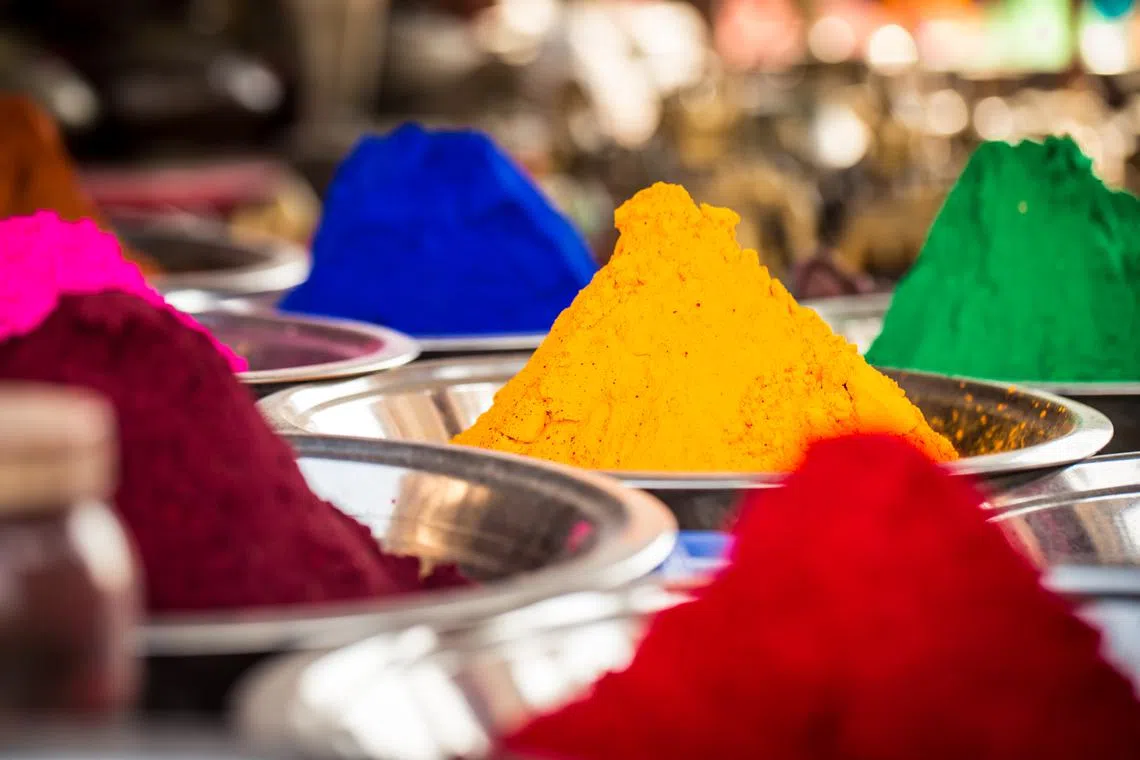
Of love and landmarks
Like many visitors to India, we were navigating the Golden Triangle, a three-point circuit that ferries tourists to the wealth of magnificent sights in Delhi, Agra (home to the Taj Mahal), and Jaipur.
As we left Delhi, the tangle of skyscrapers, British colonial buildings and Mughal monuments gave way to fields of sugar cane and mustard. Cows congregated on roads, unfazed by cars, waiting to be fed sugar-cane tops left over from harvests.
Seemingly in the middle of nowhere, an entire street dedicated to elaborate wedding venues emerged. “In India, if you have a wedding of 500 people, it means you’re not social,” our guide Ajay Paliwal told us. “There have to be more!”
Scores of shops peddling all manner of souvenirs, from books to snow globes and mini marble replicas, signalled our arrival in Agra hours later. The mood in the streets was festive – the city has 1.6 million residents, but more than four times that many people visit the Taj Mahal every year.
SEE ALSO
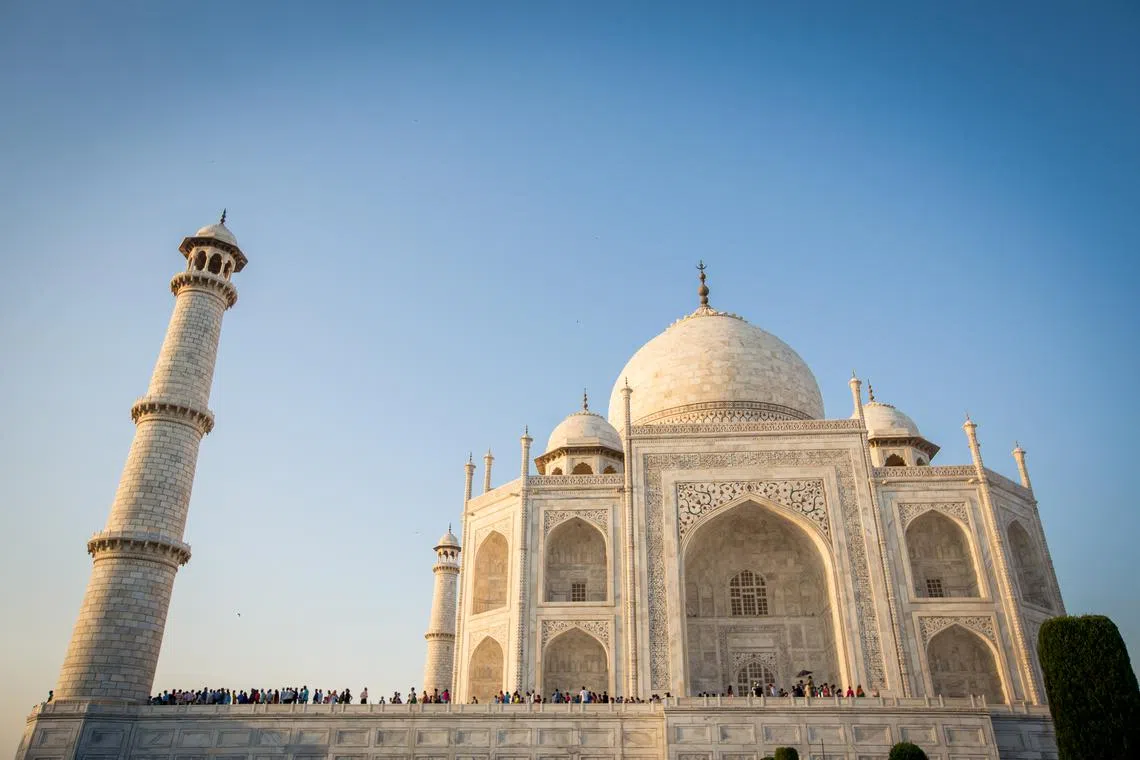
The line to enter the nearly 400-year-old site the emperor Shah Jahan had built in memory of his wife snaked down the road. Yet, it moved quickly. Before long, we were shuffling alongside other visitors towards the complex’s entrance arch – where we had our first view of the world’s largest ode to love.
The moon-like architectural and mathematical marvel was imposing because of its gargantuan scale, but at the same time enchanting due to its dreamy aura. Despite the crowds milling around, gazing at the Taj Mahal was a curiously intimate experience.
You don’t have to join the queues to see it, though. Abercrombie & Kent recommends a stay at the palatial Oberoi Amarvilas, a mere 600 m away, where every room comes with a private panorama of the landmark. Even dining at one of the hotel’s four restaurants and bars affords a splendid view from the terraces.
Spice of life
After the historical heft of the Taj Mahal, Jaipur felt youthful. Also known as the Pink City for its numerous rose-painted buildings, Jaipur is one of India’s first planned cities – but these days, it is quickly becoming a startup hub, with a palpable energy in the air.


We checked into the stunning Leela Palace Jaipur – where the mirrored, silken rooms made us feel like a maharani – then headed to the 18th-century astronomical and astrological observatory Jantar Mantar.
At this fascinating and massive open-air complex, we learnt that Jaipur has long been a centre for innovation: The giant astronomy tools here, incredibly, to this day measure time and space accurately.
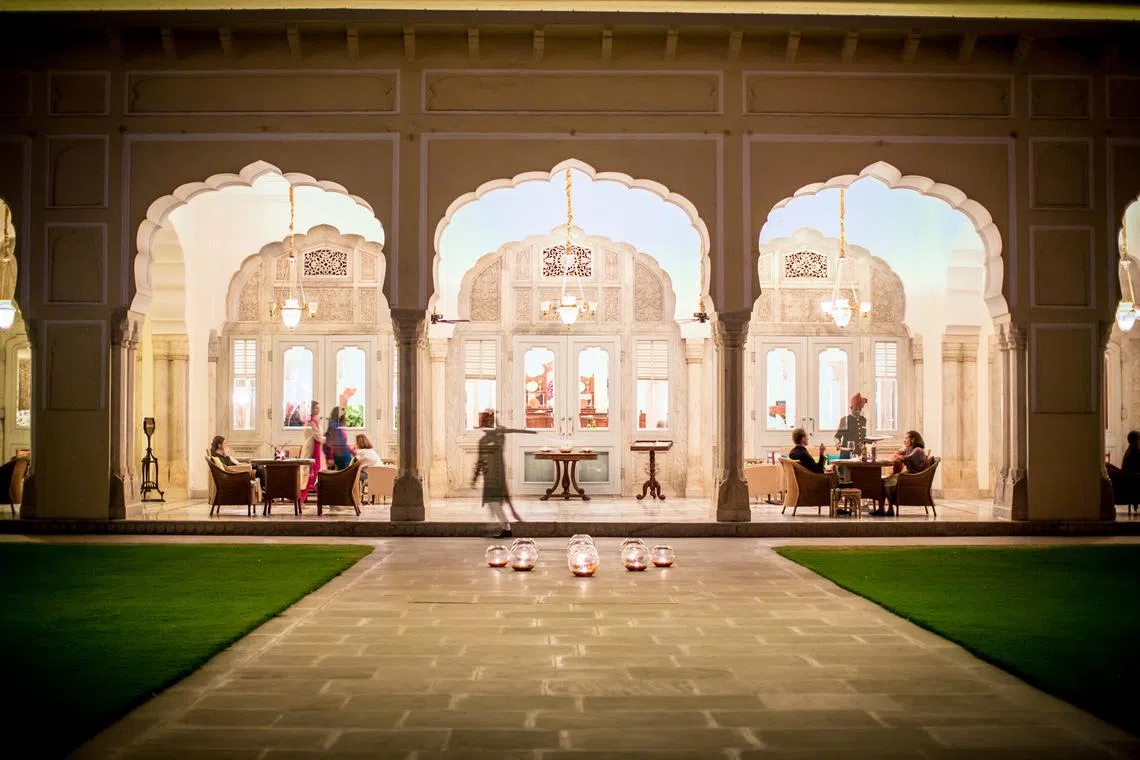
The last leg of our trip took us aboard the elegant cruise ship Crystal Symphony, which we boarded in Mumbai after a flight from Jaipur. Abercrombie & Kent acquired Crystal Cruises in 2022 – after former owner Genting Hong Kong filed for bankruptcy – and relaunched it in 2023 following extensive refurbishments.
Our Sapphire Ocean View suite, which came with a separate living room, bedroom and butler service, was a light, bright sanctuary decorated in soothing white, navy and turquoise – the perfect counterpoint to India’s heady mix of colour and activity.
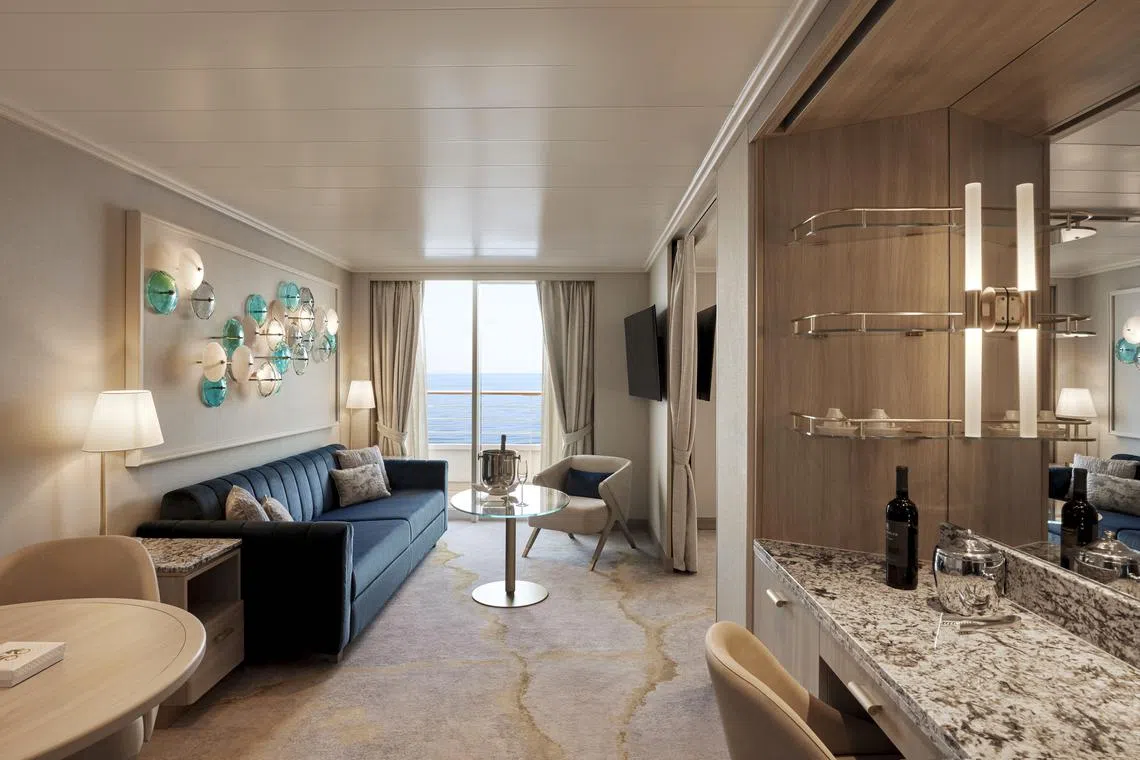
Even more delightful was the food, as Crystal Cruises lived up to its culinary reputation. There was Umi Uma, a Japanese-Peruvian restaurant by celebrated chef Nobu Matsuhisa that turned out some of the best sushi we’ve had at sea, and Beefbar, a Monte Carlo chain that serves street food from around the world, plus top-rated beef from as far as Kenya.

We blame the latter for the 4 kg we gained onboard, and for our new addiction to silky beef prosciutto served with hot, fluffy, cheesy panettone. (Note to grocers: Please swap all traditional Christmas panettones for this.)
Before disembarking in Colombo, Sri Lanka, we made one final stop in Goa – but not for the beaches and parties commonly associated with the former Portuguese colony.
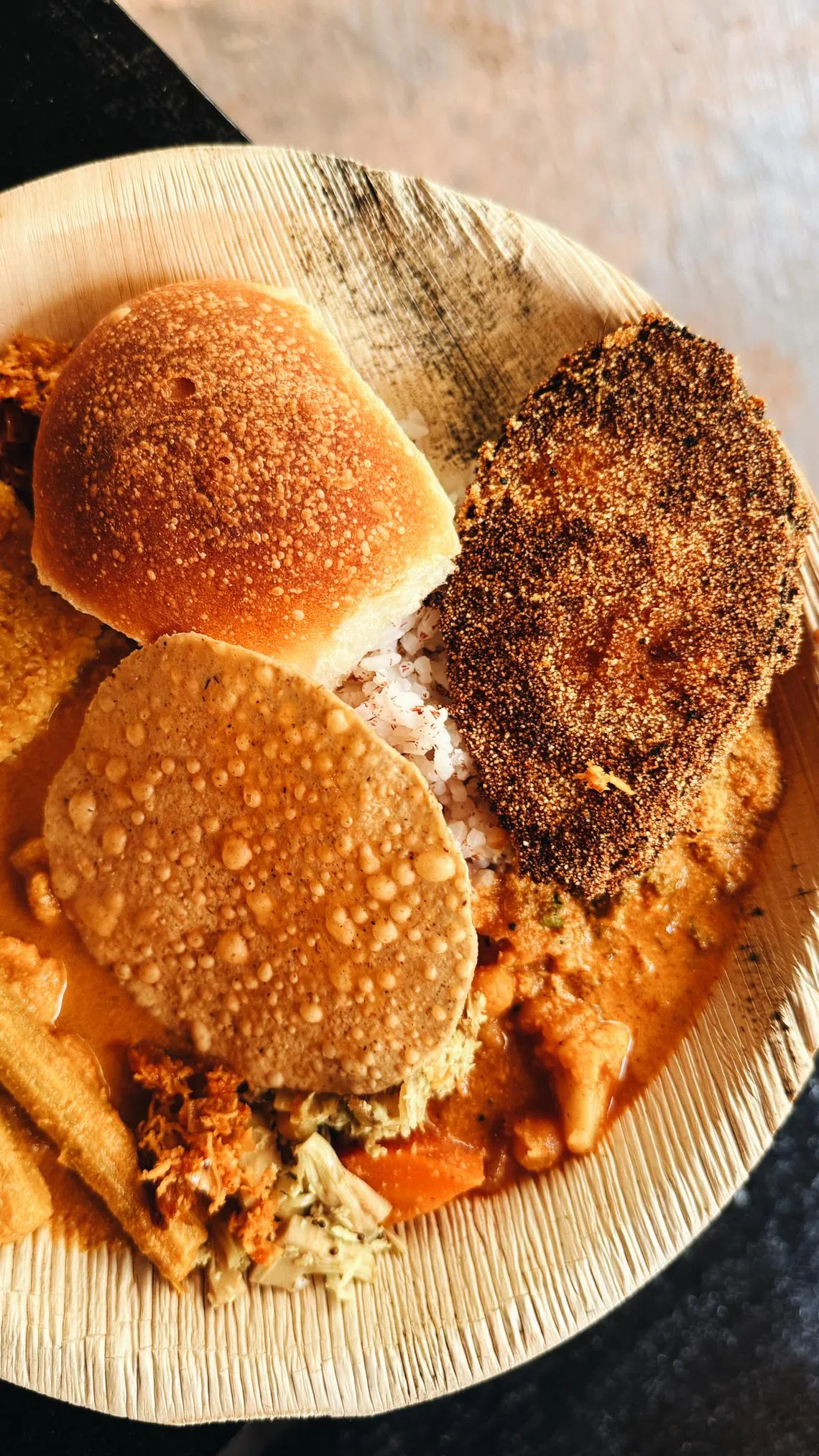
“In Goa, we are foodies,” Jonas Coutinho, our guide, said. “If we have money in our pocket, we will go out to eat.” So we travelled inland towards the less-visited eastern part of the Indian state, for lunch at a family-run spice plantation.
As we downed cold beers and feni (a traditional alcohol made from cashew fruit) over heaping plates of breaded fried fish and curry, we found ourselves mulling over what Astro Nancha had said. Could a career switch to astrology, of all things, really be the right choice?
The answer came quickly and from deep within the soul: No, surely – not for the joy of discoveries like these.
The writer was a guest of Abercrombie & Kent and Crystal Cruises.
Decoding Asia newsletter: your guide to navigating Asia in a new global order. Sign up here to get Decoding Asia newsletter. Delivered to your inbox. Free.
Copyright SPH Media. All rights reserved.




